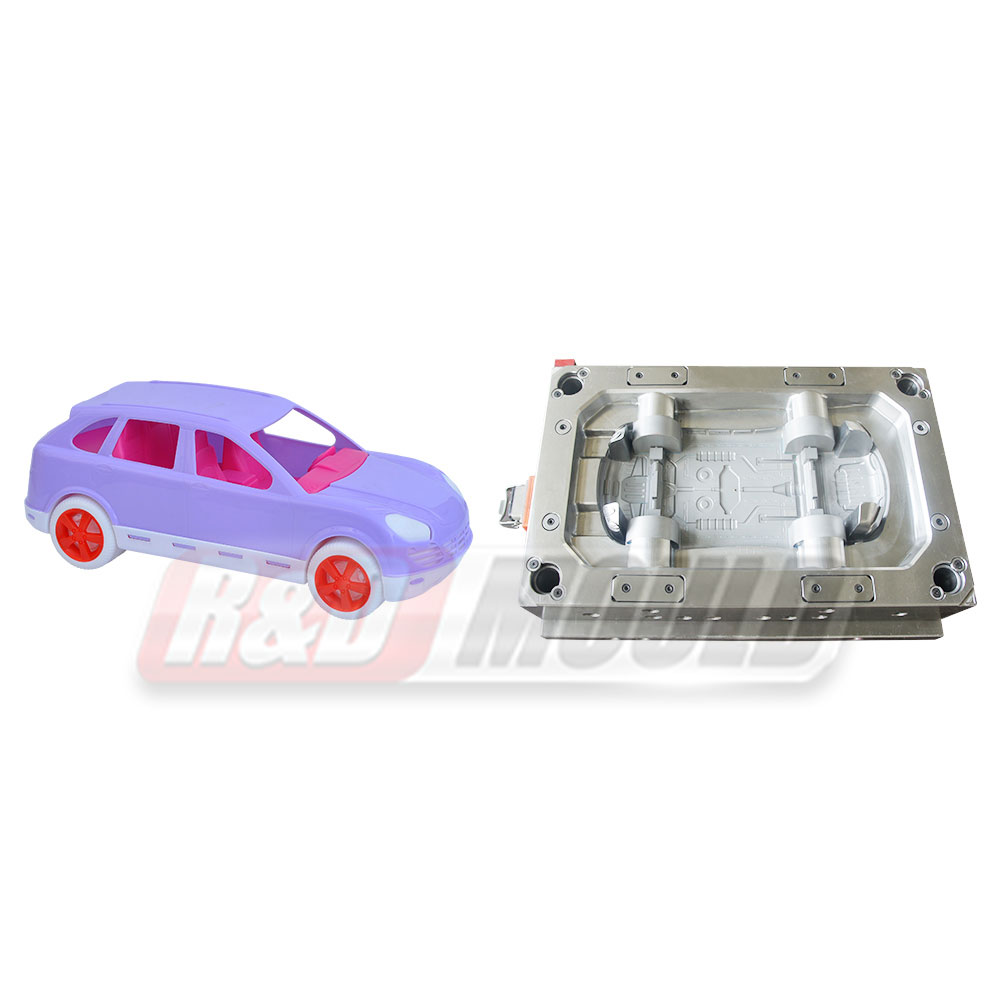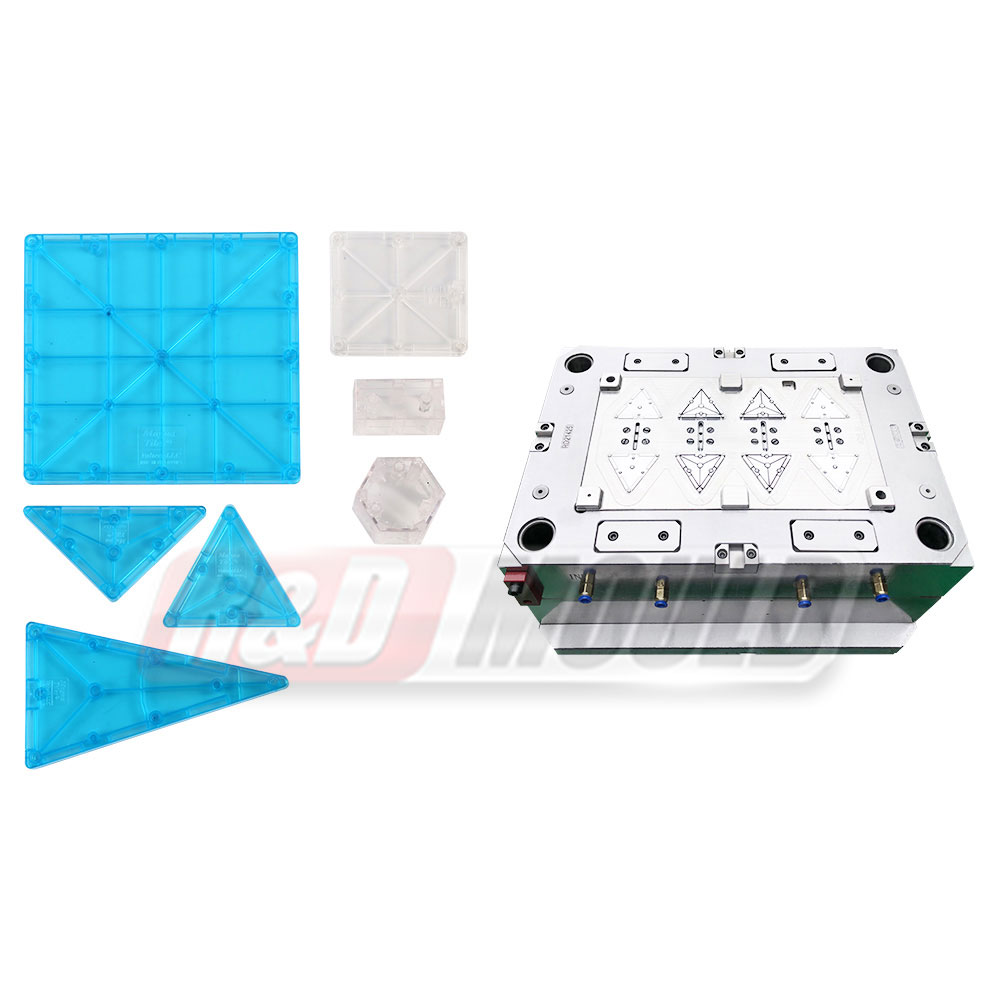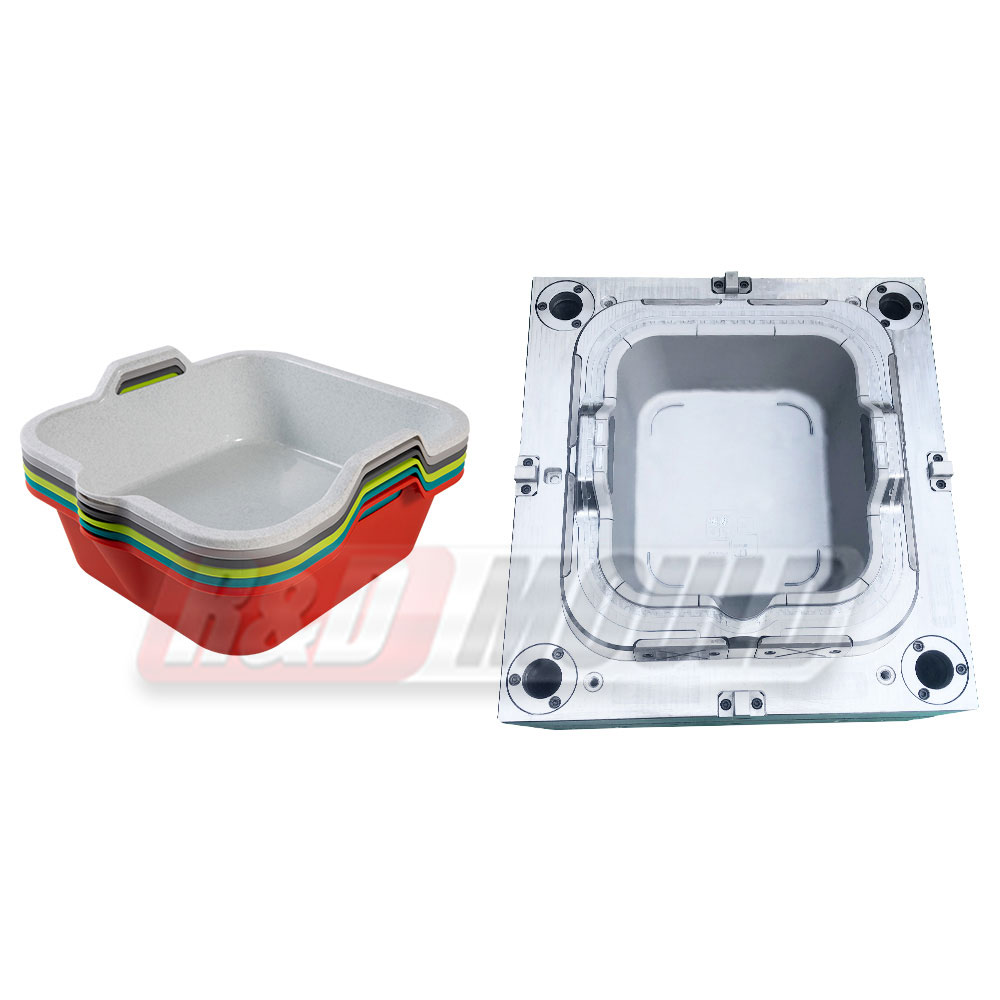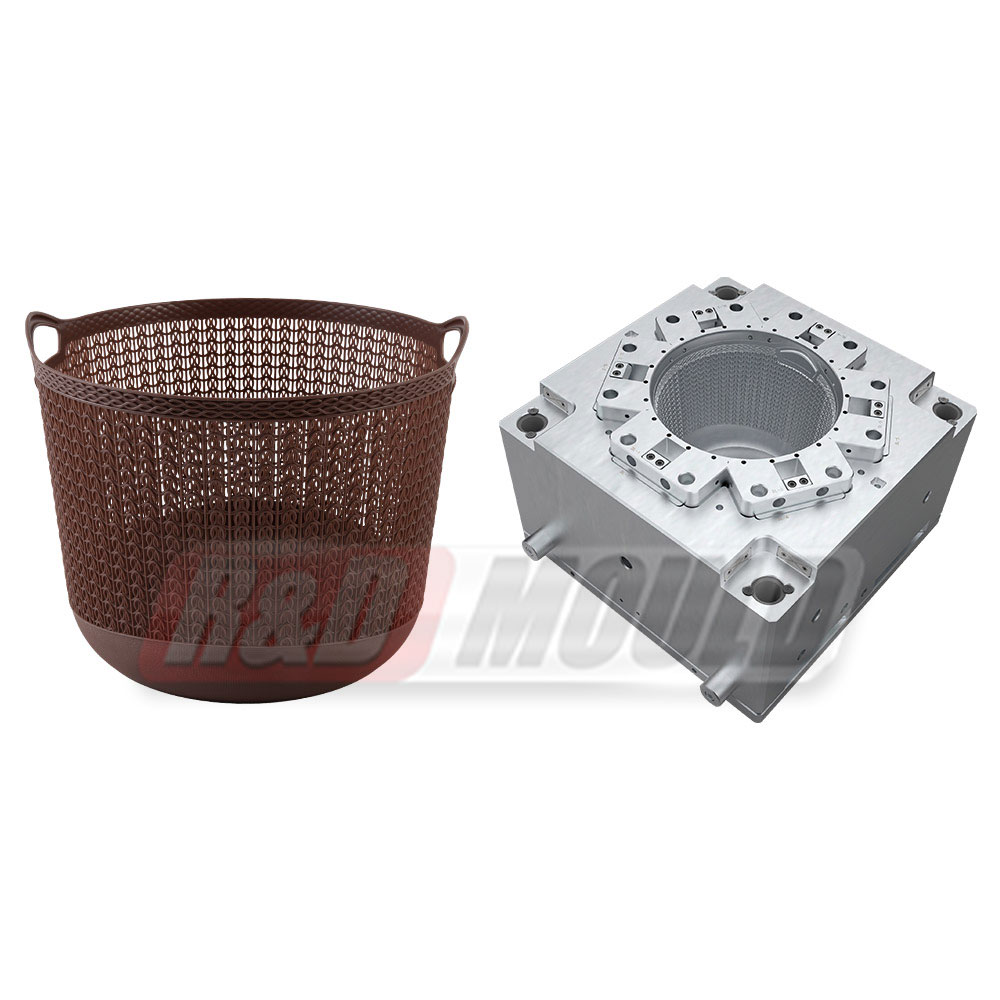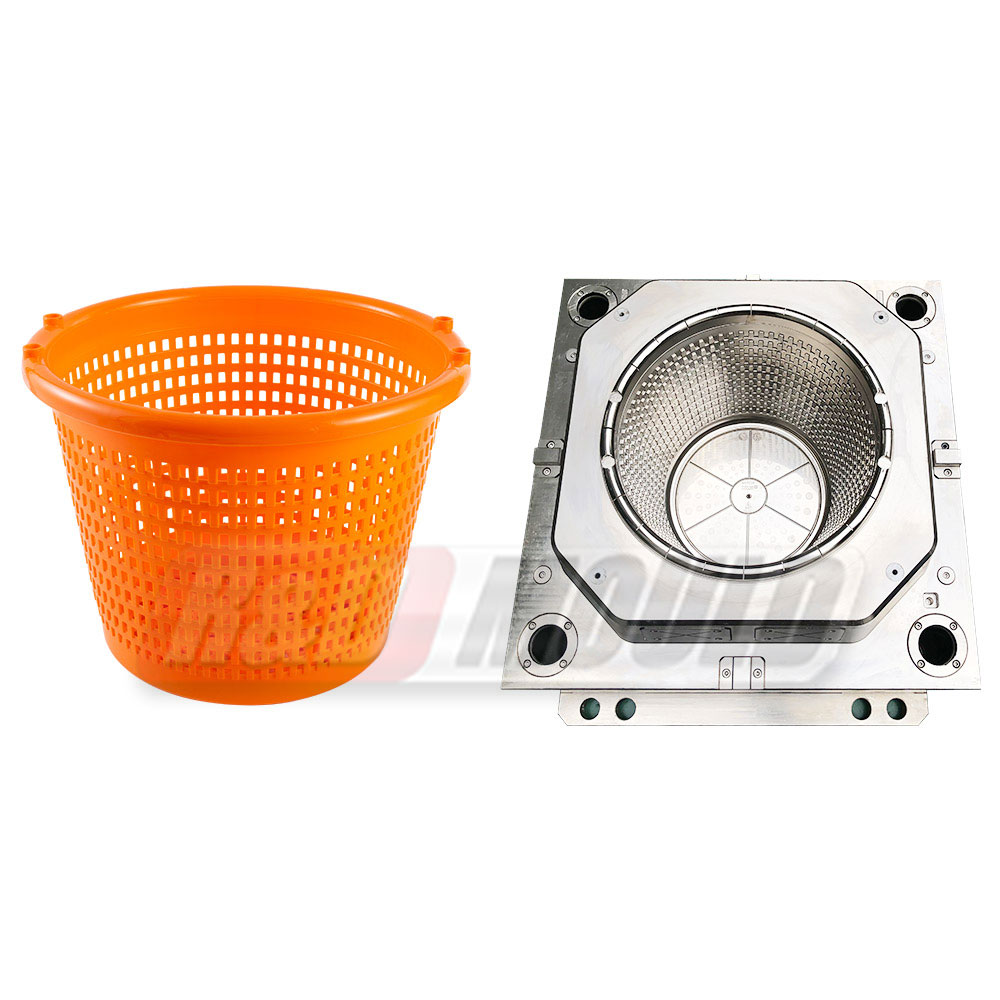Walk into any garden store and you'll see flower pots in every shape, size, and colour. Some look like ceramic, others mimic stone, and many are lightweight and bright. Behind these beautiful products stands a vital piece of technology — the Flower Pot Mould. Understanding how a Flower Pot Mould Factory works reveals how much design and precision go into something that seems so simple.
The Shift from Porcelain to Plastic
Traditional porcelain pots are elegant but fragile and heavy. As lifestyles change, more people want flower pots that are easier to move, less likely to break, and more affordable. Plastic pots meet those needs good. They use less water, last longer, and can be moulded into countless designs and colours.
That's where the Flower Pot Mould comes in. A mould defines the pot's shape, surface, and structure. Whether it's a rectangular balcony pot, a hanging wall pot, or a decorative round pot with wave patterns, every detail comes from the mould's design.

What Happens Inside a Flower Pot Mould Factory
At a professional Flower Pot Mould Factory, the process starts long before any plastic is injected. Engineers early study the customer's idea — it might be a sketch, a sample pot, or even just a description. Using 3D design software, they create a digital model of the mould and simulate how the molten plastic will flow.
This step helps identify issues like uneven thickness or trapped air, which could affect the pot's strength and appearance. Once the design is finalised, the factory's machining team begins building the steel components. Each part is polished for a smooth surface so that the plastic pot will release easily and have a shiny, elegant finish.
The Importance of Steel and Precision
A good Flower Pot Mould starts with quality steel. R&D Mould, a factory with over 15 years of experience, uses high—hardness steel with precise machining. This not only improves mould life but also keeps every pot uniform during long production runs.
Customisation for Every Market
Modern gardening products are diverse — from minimalist white pots for indoor use to printed or imitation—ceramic ones for outdoor gardens. A flexible Flower Pot Mould Factory, like R&D Mould, can customize moulds for various styles. Their team can work from your existing sample or design an entirely new model that matches your market needs.
They also produce moulds for pot trays, such as round lace trays or square water—control bases. These small details matter for end users because they keep floors clean and control water overflow effectively.
.jpg)
Many customers want to know how long a Flower Pot Mould lasts. The answer depends on steel quality and production volume. With proper materials and polishing, moulds can easily handle hundreds of thousands of cycles. Others ask whether they can change the pot size or pattern — yes, that's possible with minor design adjustments before production.
Bringing Beauty to Everyday Life
What a Flower Pot Mould Factory produces is more than a piece of steel — it's a tool that shapes beauty. Those colourful pots that brighten homes and gardens all begin with careful engineering and patient craftsmanship.
With experience, great design tools, and attention to detail, factories like R&D Mould continue to help brands create products that people love to see in their gardens every day.





 English
English عربى
عربى Español
Español Français
Français